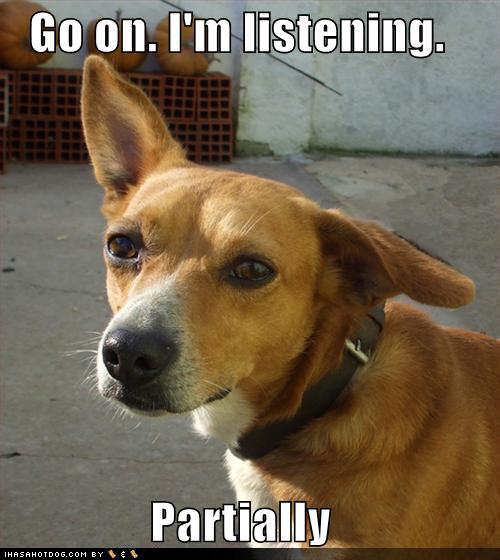18 Dec Developing Trends in Social Media Monitoring
Social media monitoring has been around since social media marketing came into existence. Monitoring is great for customer service, measuring share of voice, brand and competitor research, product feedback, etc. As such, it has become a necessity for any brand or agency working in the social space. We also know that the world of social media is quickly changing and evolving, requiring monitoring efforts to keep up.
People don’t always talk about brands and products the way we might like, or they might not even mention the brand or product in text at all. We build queries to the best of our ability in an effort to capture relevant conversations, but there are crucial conversations and insights that we’re losing out on. There are two key trends we’ve noticed popping up among monitoring offerings that show serious promise and could evolve into a necessity for your social media monitoring strategy.
Geo-Based Monitoring
Instead of focusing strictly on keyword monitoring, there are offerings like Geofedia and Ground Signal, among others, that establish queries based on geofences. A geofence is essentially a virtual barrier based on GPS or RFID. Kind of like one of those invisible fences you use for a dog except it doesn’t zap you if you try to escape, it just collects mentions that occur within it. This approach is most helpful for brands with a physical location like retail, hospitality, or even zoos and museums.
By using geofence tracking, you won’t need explicit mentions of your brand or product since the mentions you’re collecting are from people who are at your place of business. This method allows you to gain deeper insights into your customers. Benefits of this strategy include:
Identify Customer Complaints so you can act in the moment
- Example: you work for a hotel and someone tweets “great start to the morning, no hot water :(.” Now you can reach out to this person about the problem, fix it, and check off a win.
Discover customer interests
- Example: you work for a retail store and one week you changed the music in the building from smooth jazz to prog rock and a handful of mentions popped up saying “really digging these tunes” where previously no comments on the music appeared. It might be worth testing out some more King Crimson on the stereo. (No, I’m not a nerd. Why do you ask?)
Product Feedback
- Example: you work for a restaurant and a new chef just took over. The first thing you notice is an increase in mentions. When you dig deeper you see that customers are posting more pictures of their food than they were previously. As it turns out, the chef was toying around with new plating techniques and customers are really into it! Maybe you should embrace these new plating techniques as a part of the overall dining experience and even change some of the restaurant décor to fit the style.
I struggled to find an image for this one so here’s a stretch. It’s a blog post about listening, this section is about geo-fences. Fences are for dogs. So here’s a picture of a dog. Listening.
Image Recognition
Another emerging trend in monitoring is image recognition. Image recognition monitoring plays well for companies with strong branding imagery. As I previously noted, users aren’t always going to mention your brand in the text of their social updates. They might; however, post a picture of your product. Several offerings include Ditto Labs (partnered with Synthesio) and Sysomos Gaze. Use cases for this approach include:
More accurate share of voice reporting
- Example: You’re a popular soft drink brand and you’re monitoring mentions of your brand name, but it looks like you’re losing share of voice to your competitor. Use an image monitoring tool to pick up mentions where photos of your product and brand logo are included. You might find that people mention your competitor more, but your product is being included in UGC more frequently.
Source user-generated content (UGC)
- Example: You are a major pizza brand, your content creation budget is decreasing this year and you’re not going to have the resources you need to create as much organic-looking content for your Instagram channel. An image-recognition monitoring tool can help identify content where your product is being featured or included. Use one of these tools and reach out to fans to ask for permission to use and feature their content. Organic ‘za straight from the source!
Take surprise & delight to another level
- Example: You are a candy company and your UGC strategy has led to record engagement rates! From digging through UGC you find that there is a handful of fans frequently creating content featuring your brand/product. You have a new candy bar launching next month and you want to get some initial buzz before they are sold in stores. Take this opportunity to surprise these fans with the new candy bar in advance of the store launch and watch as the content pours in! You get the benefits of building a relationship with your brand advocates and content creators while also promoting your new product!
In Conclusion
Since they provide new ways to illuminate dark corners of social chatter related to your brand, I wager that geo and image monitoring offerings will become standard product offerings of the big players in the monitoring space through acquisition and innovation. As you finalize your budgets going into 2016, make sure to reevaluate your social monitoring needs. What are you currently listening for what conversations are you missing, and what tools do you need to measure those missing conversations?








